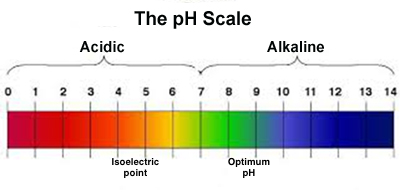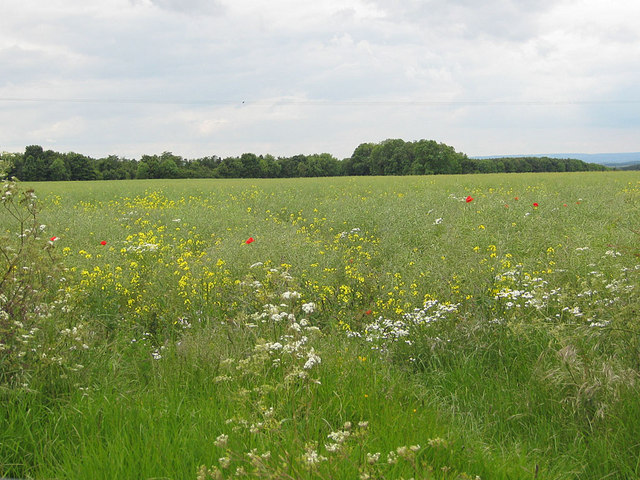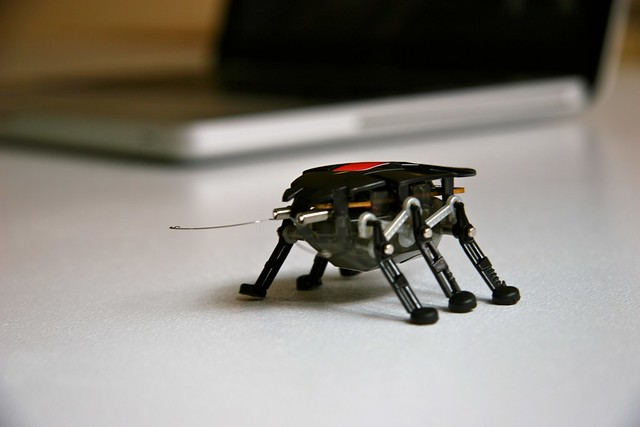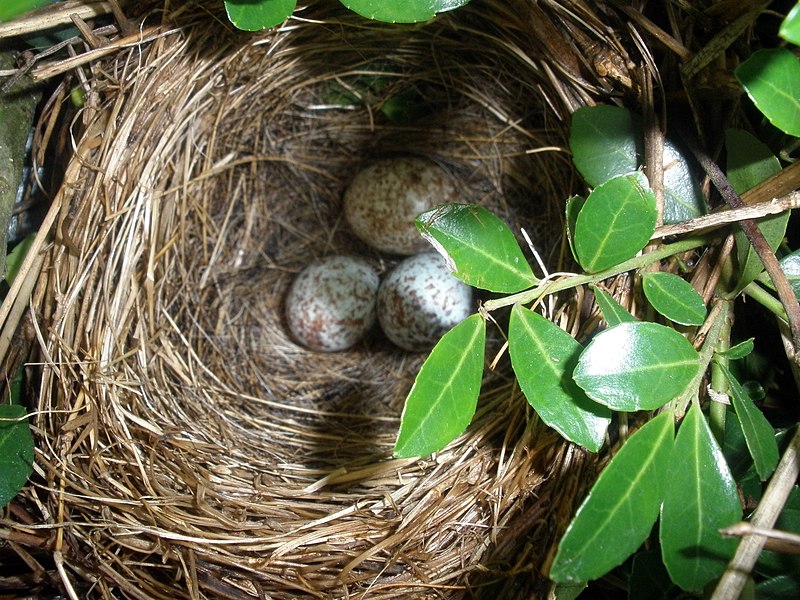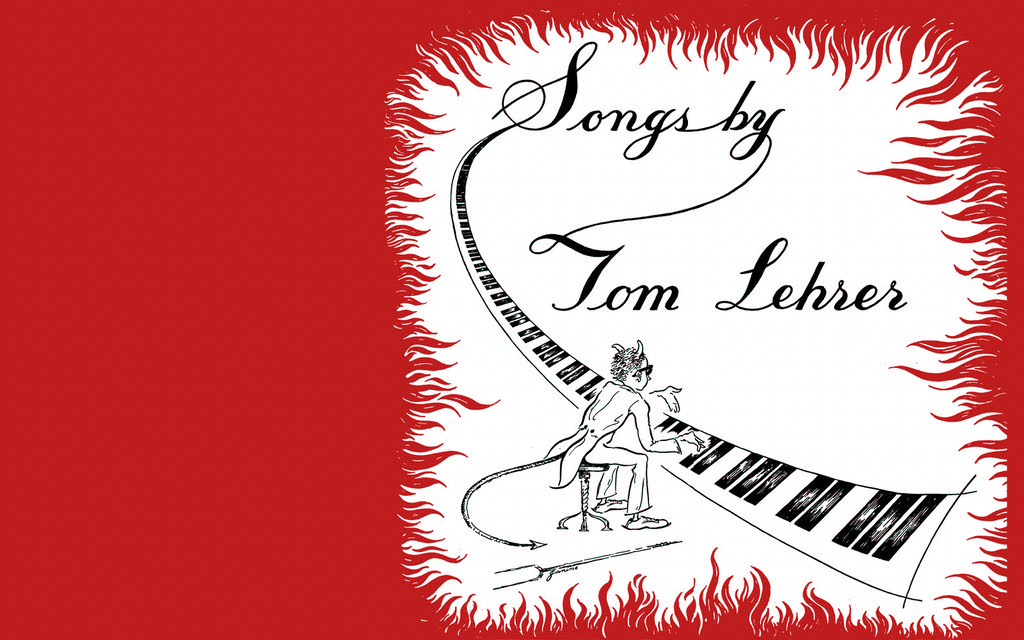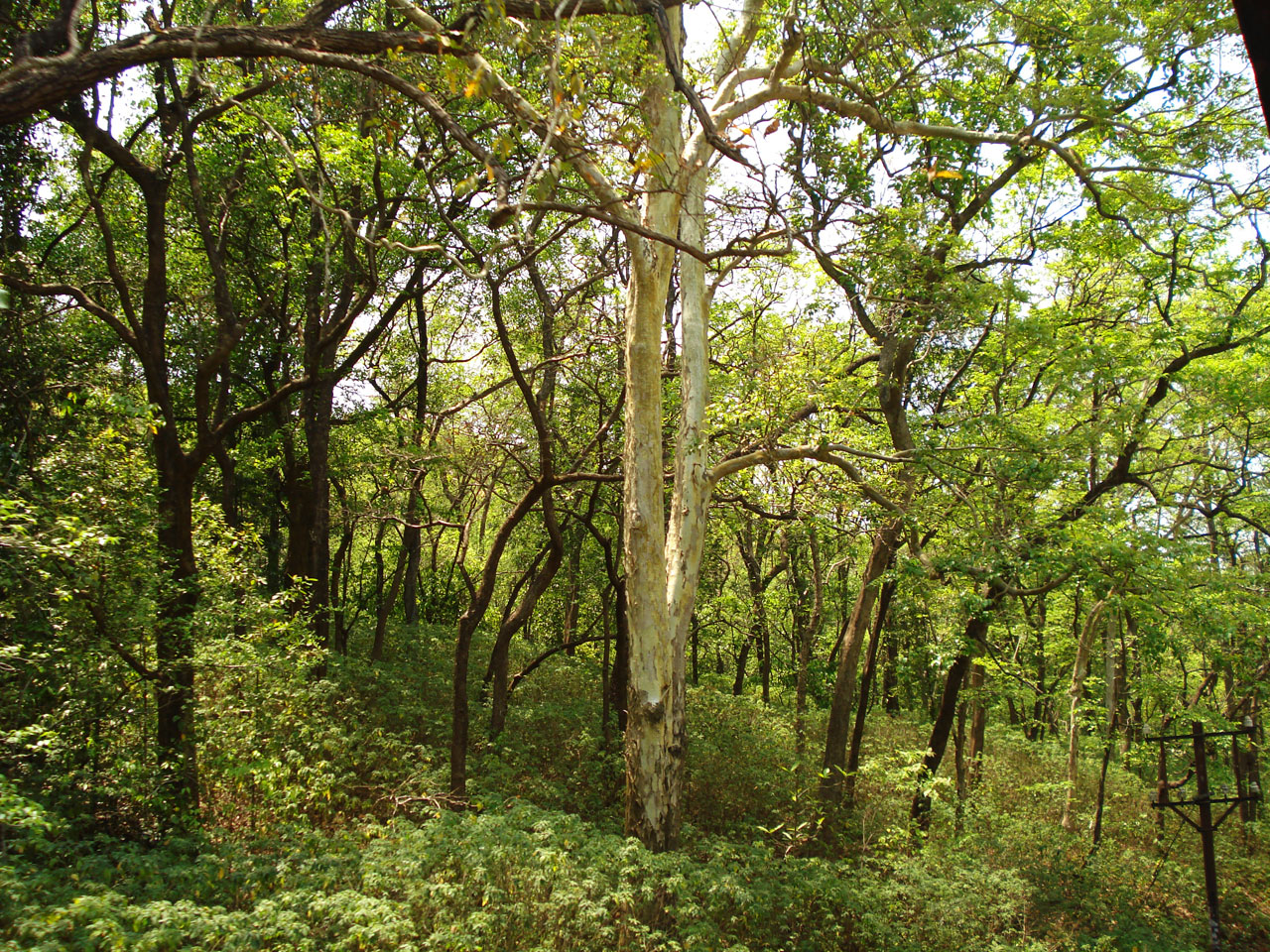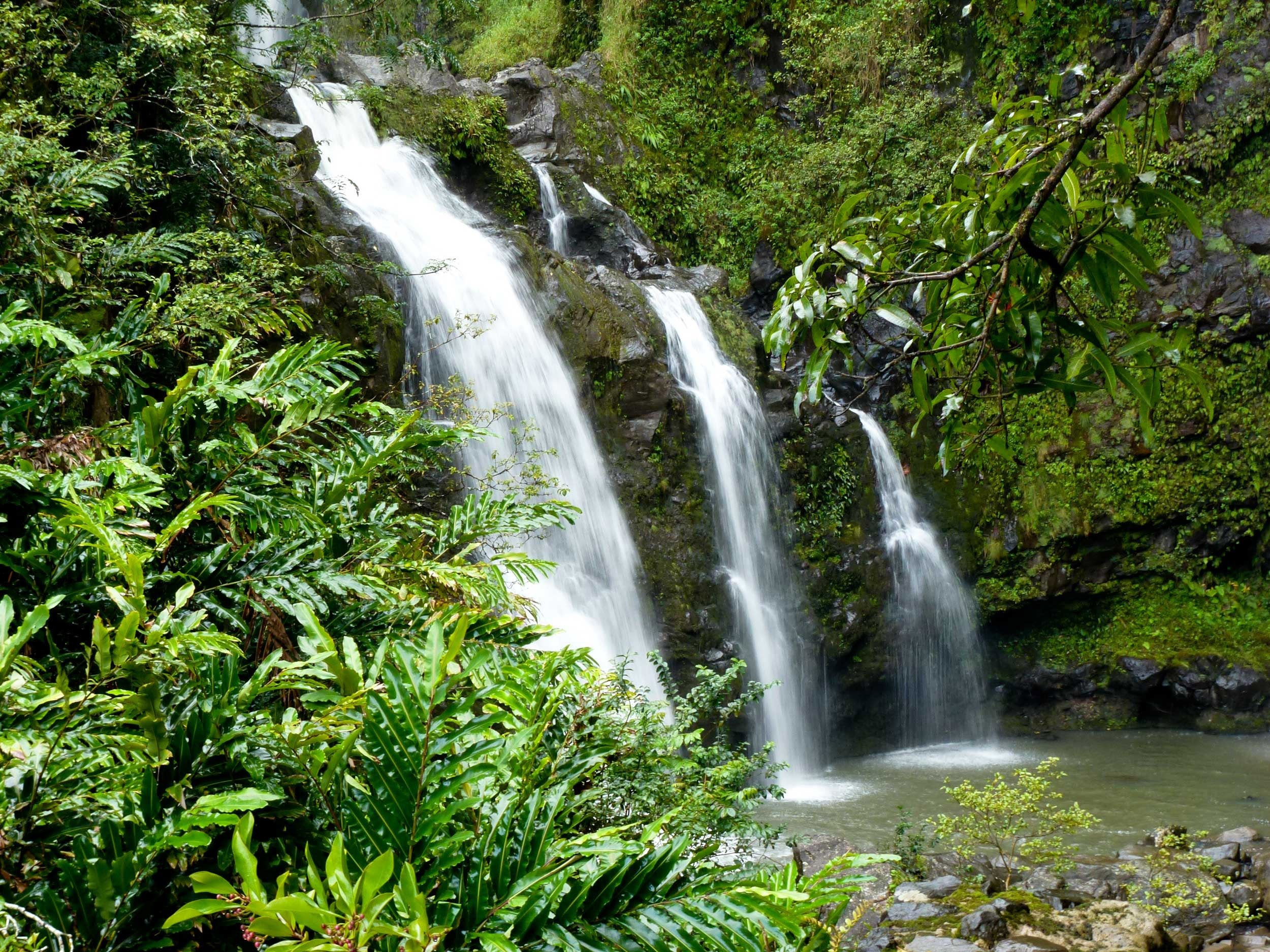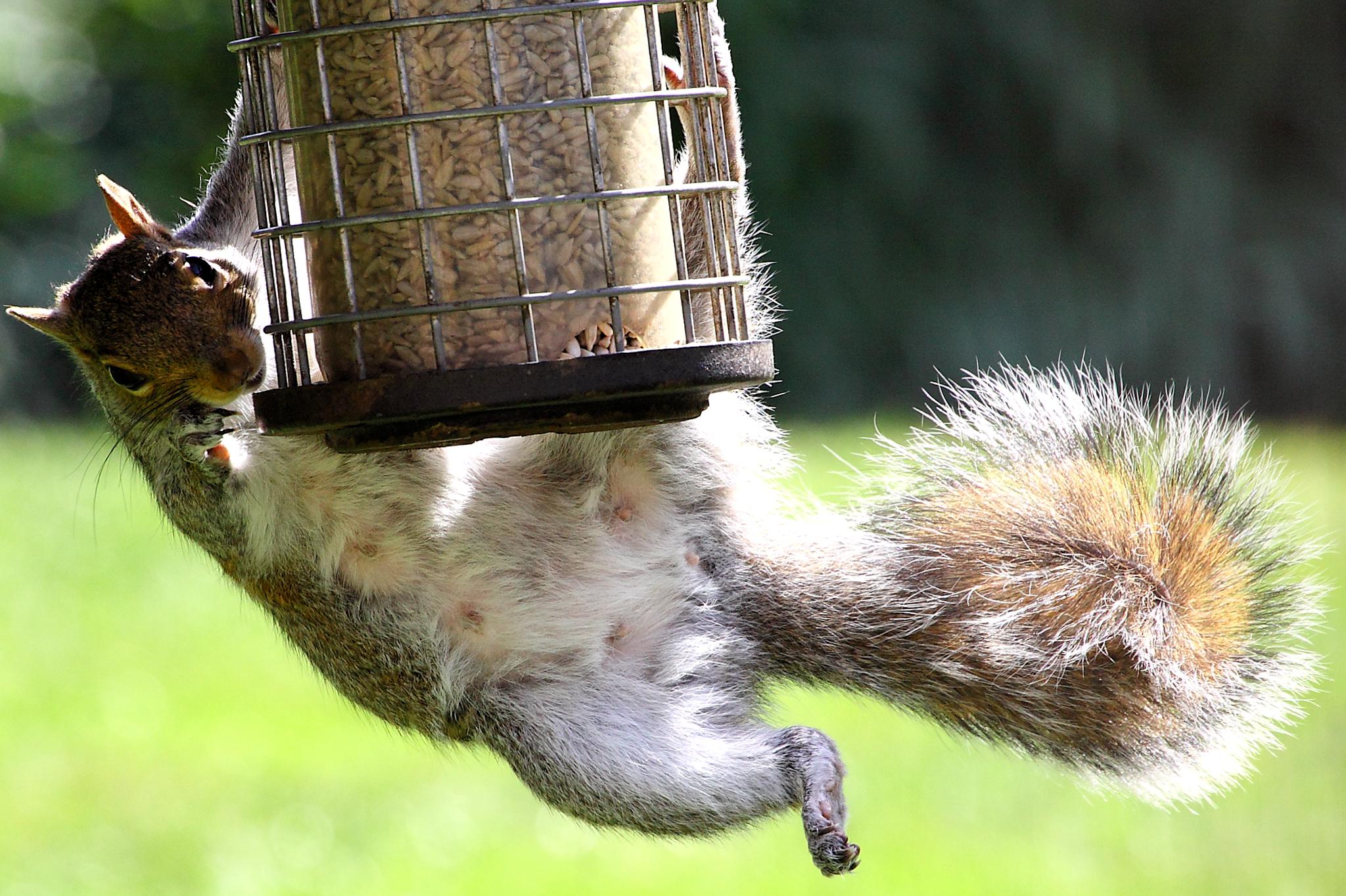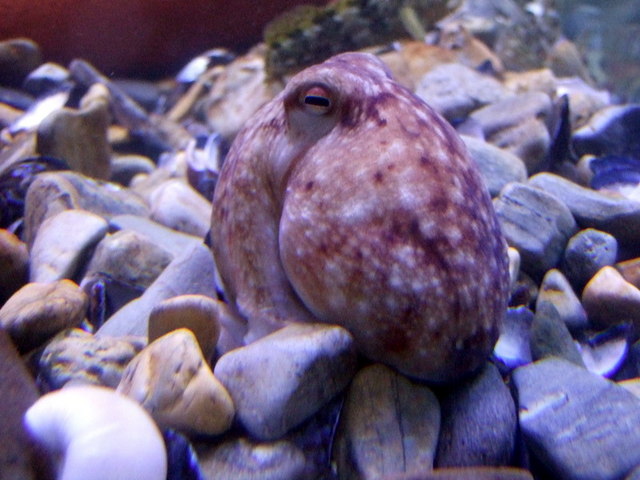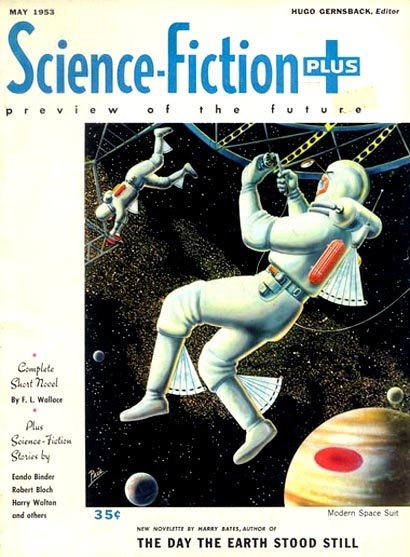
Environmental & Science Education
Culture
Society
Edward Hessler
Jordan Peterson wrote a book about 12 rules for life (unread by me). View the rules and the book, 12 Rules for Life: An Antidote to Chaos.
Peterson's rules prompted Bloomberg View columnist and Yale Law School professor Stephen Carter to write an alternative set based on lines from science fiction books and films. These are rules he tries to follow. I list the sentences and you may read his comments on each in the link from which these were taken below.
1. An atom blaster is a good weapon, but it can point both ways. From Isaac Asssimov, "Foundation."
2. Happiness consists in getting enough sleep. Just that, nothing more. From Robert Heinlein, "Starship Troopers."
3. To learn which questions are unanswerable, and not to answer them: This skill is most needful in times of stress and darkness. Ursula LeGuin, "The Left Hand of Darkness."
4. Repressive societies always seemed to understand the danger of "wrong ideas." Octavia Butler, "Kindred."
5. Faithless is he that says farewell when the road darkens. J.R.R. Tokien, "The Fellowship of the Ring."
6. Don't provoke the Borg! Q to son Q in "Star Trek: Voyager."
7. Some things you teach yourself to remember to forget. William Gibson, "Count Zero."
8. We do not pretend to have achieved perfection, but we do have a system and it works. Klaatu in "The Day the Earth Stood Still."
9. Guerillas have something to hope for. James Tiptree Jr. (penname of Alice Bradley Sheldon) in "The Women Men Don't See."
10. Whether a thought is spoken or not it is a real thing and it has power. Frank Herbert, "Dune."
11. The books are to remind us what asses and fools we are. They're Caesar's praetorian guard, whispering as the parade roars down the avenue. 'Remember, Caesar, thou art mortal.' Ray Bradbury, "Fahrenheit 451."
12. Beware of the Dark Side. Anger, fear, aggression: The Dark Side of the Force are they. Easily they flow, quick to join you in a fight. If once you start down the dark path, forever will it dominate your destiny. Yoda, "The Empire Strikes Back."
And here is what he wrote about each of them.
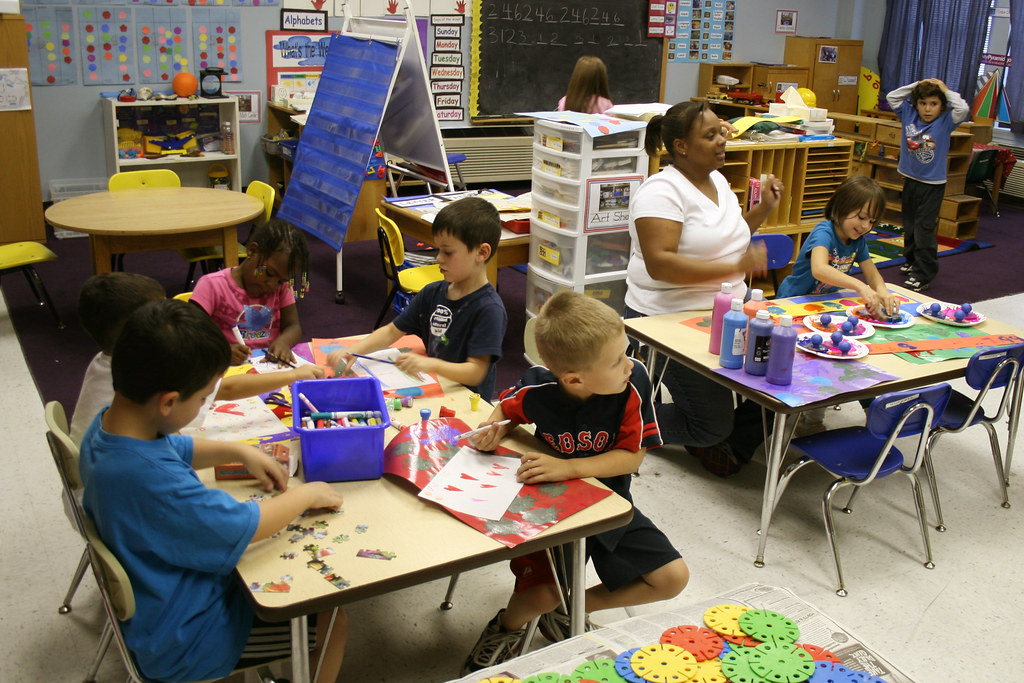 The two sets of rules made me think about the rules I try live by or don't. I've never taken time to codify a set of rules. The rules above made me think about Robert Fulgham and what he learned in kindergarten. Good thoughts. Good rules. Good advice. Some I try to do, some cause me to think and reflect and others make me smile about what it means to be a kid, even an old one.
The two sets of rules made me think about the rules I try live by or don't. I've never taken time to codify a set of rules. The rules above made me think about Robert Fulgham and what he learned in kindergarten. Good thoughts. Good rules. Good advice. Some I try to do, some cause me to think and reflect and others make me smile about what it means to be a kid, even an old one.1. Share everything.
2. Play fair.
3. Don't hit people.
4. Put things back where you found them.
5. CLEAN UP YOUR OWN MESS.
6. Don't take things that aren't yours.
7. Say you're SORRY when you HURT somebody.
8. Wash your hands before you eat.
9. Flush.
10. Warm cookies and cold milk are good for you.
11. Live a balanced life - learn some and drink some and draw some and paint some and sing and dance and play and work everyday some.
12. Take a nap every afternoon.
13. When you go out into the world, watch out for traffic, hold hands, and stick together.
14. Be aware of wonder. Remember the little seed in the Stryrofoam cup: The roots go down and the plant goes up and nobody really knows how or why, but we are all like that.
15. Goldfish and hamster and white mice and even the little seed in the Styrofoam cup - they all die. So do we.
16. And then remember the Dick-and-Jane books and the first word you learned - the biggest word of all - LOOK.”
With respect to #16 Yogi said "You can observe a lot by looking."

 CGEE Student Voice
CGEE Student Voice